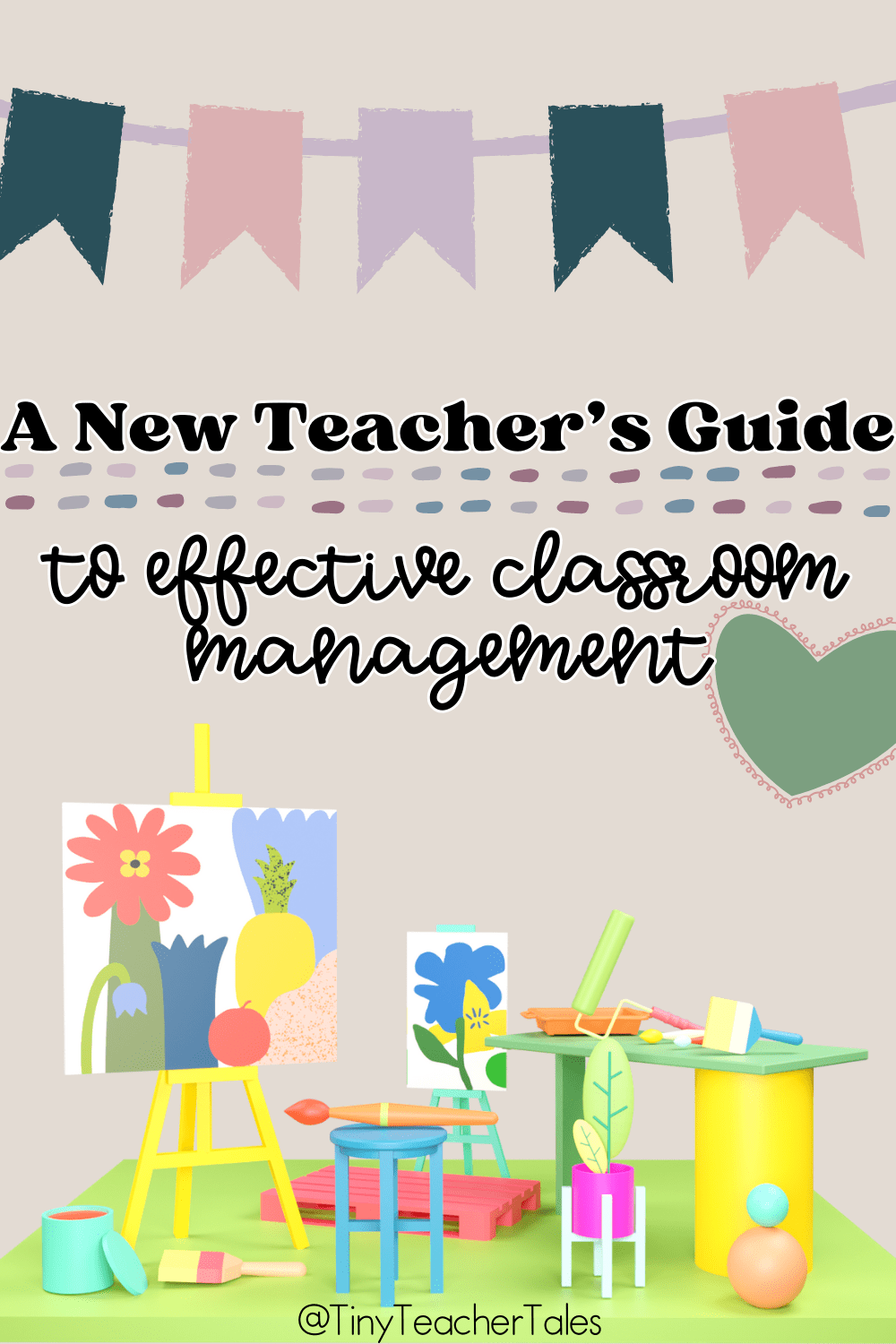Hey there, my fellow educators and soon-to-be educators! If you’re like me, you probably couldn’t contain your excitement and nervousness as you prepared to step into the world of preschool teaching. The first week of school can be overwhelming, especially when you’re dealing with a bunch of lively, adorable, and highly energetic preschoolers. But fear not, my friend, because today, I’m here to share effective classroom management techniques that have helped me maintain a positive and organized learning environment during those thrilling yet challenging first days of school!
This post may contain affiliate links, which means I may receive a commission, at no extra cost to you, if you make a purchase through a link. Please see my full disclosure for further information.
Set Clear Expectations
The key to effective classroom management starts with setting clear expectations from day one. Preschoolers thrive on routines and knowing what’s expected of them. Taking the time to explain the rules and how to sit at circle time or how to line up, will help curb behaviors in the future. Go over these expectations regularly and give lots of praise when you see it happening. I like to add velcro circles on the floor to indicate where they are supposed to line up.

Use Visual Aids
Visual aids can be a lifesaver when working with preschoolers. Create a visual schedule that includes pictures of daily activities like circle time, snack time, and playtime. This helps them anticipate what’s coming next and reduces anxiety. Include pictures of the students completing those specific tasks! Children love to see pictures of themselves and will be more motivated to continually follow the rules since they are being shown doing it! I took pictures of my students sitting in the 3 options they can do while we are at circle time, crisis cross, mountain pose, or mermaid! They really enjoyed seeing themselves and sit much faster.


Utilize Positive Reinforcement
Praise and positive reinforcement are powerful motivators for preschoolers. Acknowledge and celebrate their efforts and good behavior with encouraging words and rewards like stickers, high-fives, or stamp markers. I placed velcro flower dots on the floor and the students can pick a flower to sit on for circle time. I give lots of verbal praise when they come and sit down quickly and use the stamp markers to help reinforce the good choices!

Be Consistent
Consistency is key when managing behavior in a preschool classroom. Stick to your established routines and rules, so children know what to expect. If you give a choice for the student to complete a task, follow through. They are learning boundaries and will try to push them. Children actually thrive on structure and need it. Be consistent and the flow of the classroom will be much smoother!
Use Positive Language
Maintain a positive and encouraging tone when addressing behavioral issues. Say, “We need to walk in the halls,” rather than “No running.” Using positive language helps keep the atmosphere upbeat and constructive. By giving direct instruction, you are helping the child understand what is expected. Phrasing your redirections in this way tells the child what to do instead of something like, “No!” which doesn’t explain what they should be doing instead.
Engage with Interactive Activities
Preschoolers love to be actively engaged. Plan interactive and hands-on activities that capture their attention and keep them focused. Incorporate songs, games, and movement to break up the day and keep their interest piqued. Utilize sensory tables to include learning concepts such as shapes, letters, and numbers. I like to have a picture of “how-to-play” at the sensory table visible as a reminder for my students of the expectations.

Stay Patient and Flexible
Remember that you’re dealing with young children who are still learning about the world around them. Be patient and adaptable, and be prepared for days that don’t go as planned. Flexibility is a valuable trait for any preschool teacher.
As a new preschool teacher, I’ve found that these effective classroom management strategies have been lifesavers during those first few weeks of school. While every day may present new challenges, the joy of watching your students grow and learn is incredibly rewarding. So, take a deep breath, embrace the chaos, and remember that you’re making a lasting impact on these young minds. Here’s to a fantastic journey in the world of preschool education! 🍎✨
